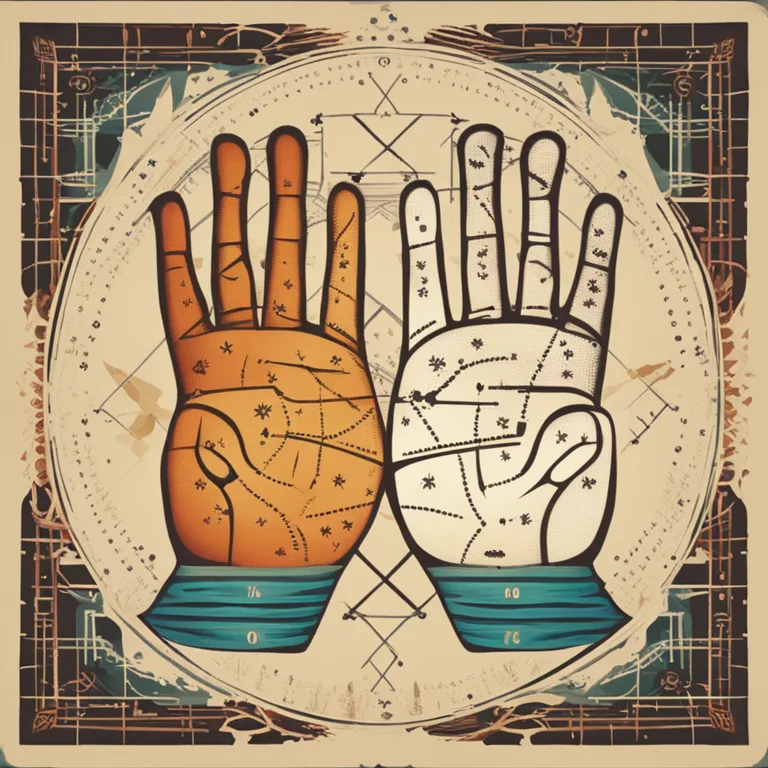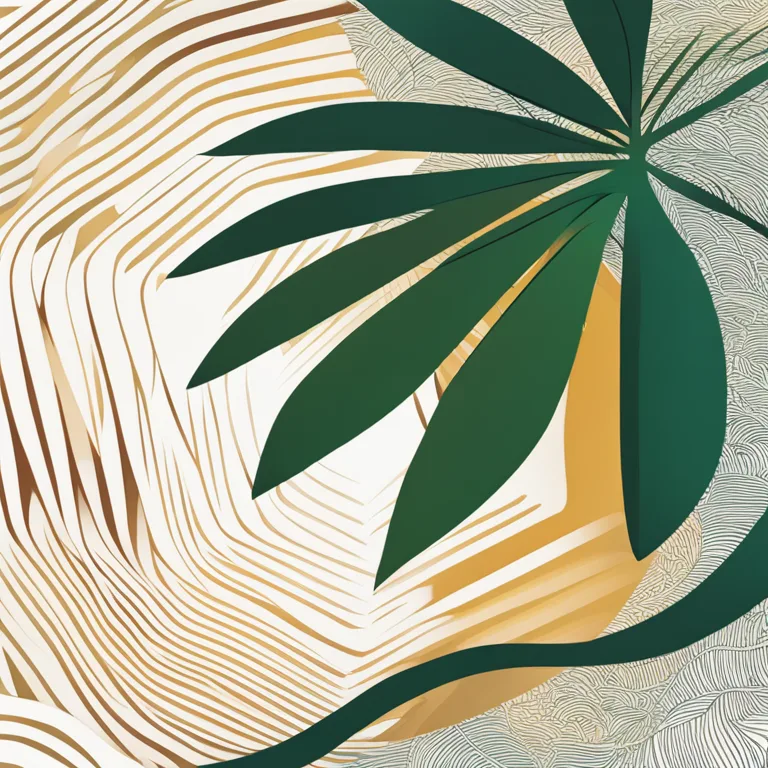
The Diversity of Palm Lines Across Individuals
Discover whether everyone shares the same palm lines and what these differences might signify in the realms of palmistry.
article by Nora Pennington
The Personal Tale of Palm Lines
While each person's life story is unique, so are the lines etched into the palms of their hands. Palmistry, the ancient practice of interpreting these lines, supports the idea that no two individuals have identical palm lines. The intricate patterns of lines and creases are specific to each individual from birth. Like fingerprints, palm lines are unique identifiers and can change over time, reflecting personal growth, experiences, and transformations. Static at first glance, these lines are dynamic, symbolizing the ever-evolving nature of our lives.

Breaking Down Palm Line Variations
Key lines that palm readers focus on include the heart line, head line, life line, and fate line. Variations exist within these primary lines, such as their depth, curvature, and length, influencing their interpretation. Subsidiary lines like the marriage line, sun line, and intuition line further diversify the insights gleaned from one's hands. How these lines intersect, their clarity, and the presence of additional markings all contribute to a detailed palm reading which reveals different aspects of an individual's personality, health, and life trajectory.

The Scientific Perspective on Palm Patterns
Science confirms the distinctiveness of palm lines through dermatoglyphics, which studies the patterns of skin ridges on fingers and palms. These patterns are highly individual and are determined by genetic and environmental factors during fetal development. Research in dermatoglyphics has found correlations between certain palm line formations and genetic disorders, adding a medical dimension to the ancient study of palmistry. However, the interpretations from a health perspective are vastly different from those of a palmist, whose practice aligns more with metaphysical and aspects of personality analysis.

The Influence of Hand Dominance
It's important to note that an individual's dominant and non-dominant hands often have different palm line configurations. In palmistry, the dominant hand is typically considered to reflect the present life and conscious mind, while the non-dominant hand is thought to represent potential and subconscious traits. The differences between the palm lines of the two hands can sometimes be quite stark, underscoring the concept of latent abilities or paths that have yet to unfold.
Dynamic Changes Over Time
Palm lines are not set in stone; they can change over the course of one's life. This aspect of palm lines inspires a more fluid approach to palmistry, as evolving lines can indicate personal development or shifts in one's journey. The transformation of palm lines over time can reflect changes in lifestyle, decisions, or health, emphasizing personal growth and supporting the concept that our destinies are not static but interactive with our actions and choices.
Cultural Variations in Palmistry
Cultural interpretations of palm lines also vary widely across the globe. Different traditions of palmistry—from Chinese to Indian to Western—place emphasis on various lines and have their unique methods of analysis. For instance, Chinese palmistry often looks at the elemental balance in the hand, while Western palmistry may focus more on the psychological aspects reflected in the lines. The universal thread among these traditions is the recognition of each individual's unique set of palm lines and the personal insights that can be drawn from them.
Published: 1/5/2024
Modified: 1/5/2024
More predictions
Come back here soon to learn more about yourself and your future


The Essence of Palmistry: A Modern Guide
Delve into the modern practice of Palmistry: understanding the lines and shapes of your hands to reveal insights about your personality and future.


The Essence of Palmistry: A Guide to Hand Analysis
Delve into the world of palmistry, the ancient practice of interpreting palms to reveal personal insights and future paths.


The Changeable Nature of Palm Lines
Discover the factors influencing the ever-changing landscape of palm lines and what these modifications could signify in palmistry.